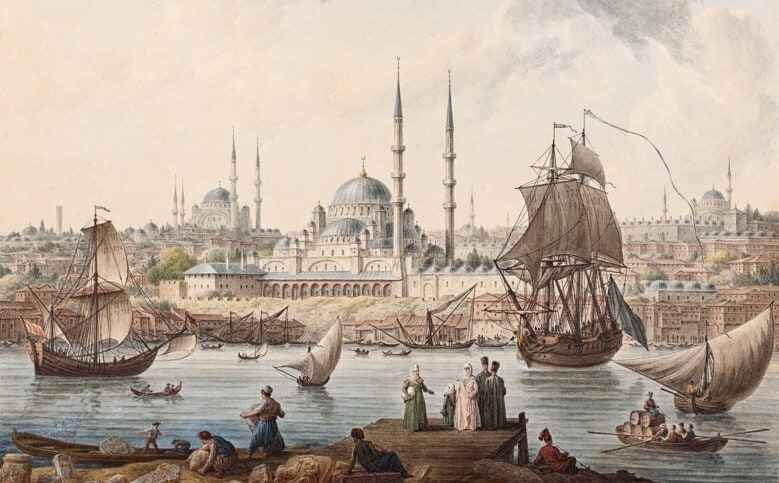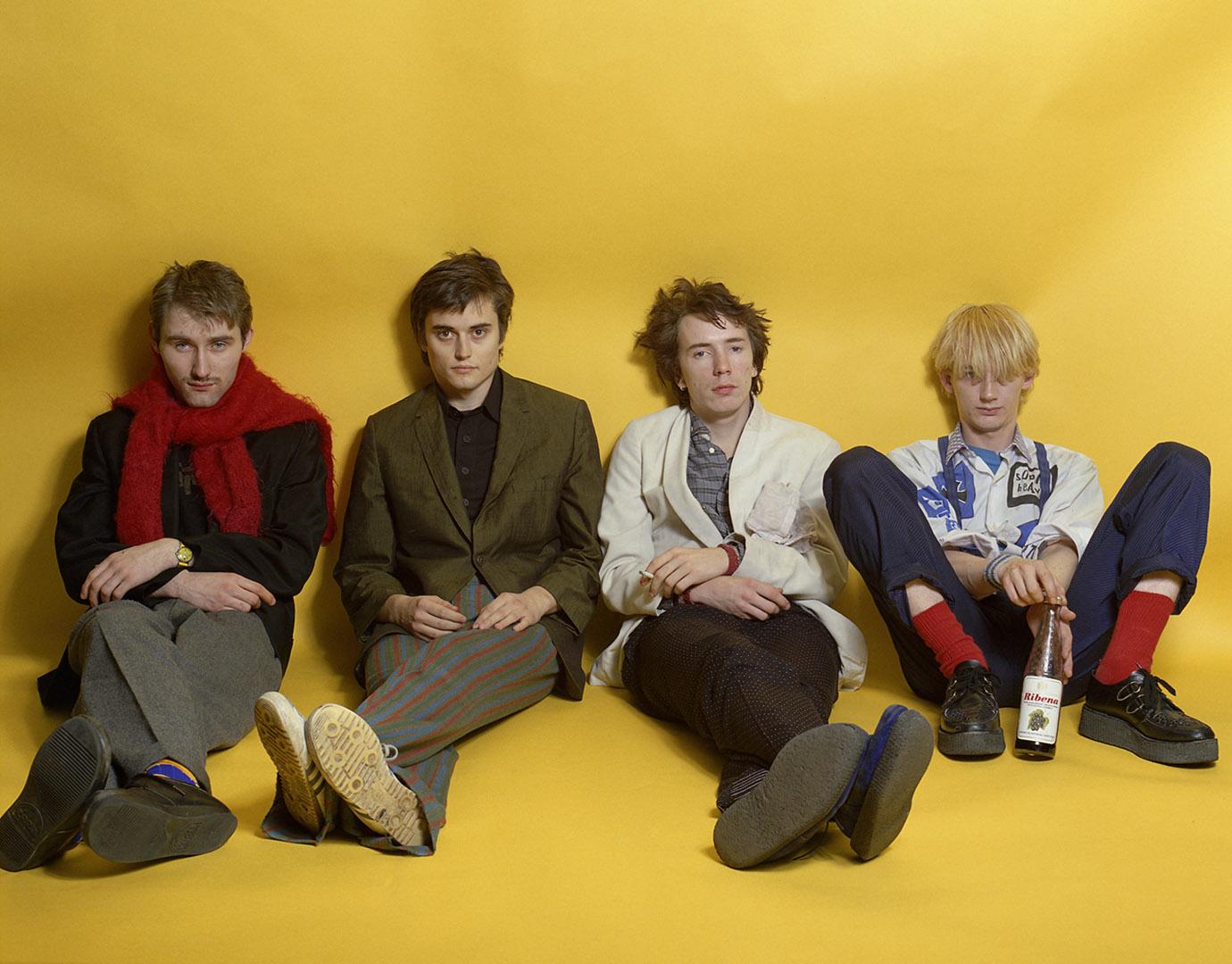Todo el tiempo, 2010
, 5 min 15 s, colour, sound (music: Glez)
Courtesy of NYSUfilms
In Todo el tiempo, Jesús Hernández, with musical backing by Glez (alias Amaro Ferreiro), created a disturbing ‘last supper’ plagued with pictorialist references to and mentions of the tenebrist aesthetic and the still lifes of the Baroque tradition. With painstaking staging and a virtuoso use of the stop- motion technique, he presents us with a surprising gallery of characters who are disturbing one moment and hilarious the next. Black humour and audiovisual experimentation at the service of a story suspended in time, in which the tension keeps growing until we reach the unexpected end.

When regarding the paintings of Istanbul by western painters, Golden Horn has a distinctive place and value. This body of water that separates the Topkapı Palace and the Historical Peninsula, in which monumental edifices are located, from Galata, where westerners and foreign embassies dwell, is as though an interpenetrating boundary.

Canadian artist Marcel Dzama shares five albums he listened to most frequently while preparing his exhibition Dancing with the Moon at Pera Museum. Spanning from post-punk depths to subtle folk tones, this list offers a glimpse into the sounds that shape his visual world.
Tuesday - Saturday 10:00 - 19:00
Friday 10:00 - 22:00
Sunday 12:00 - 18:00
The museum is closed on Mondays.
On Wednesdays, the students can
visit the museum free of admission.
Full ticket: 300 TL
Discounted: 150 TL
Groups: 200 TL (minimum 10 people)